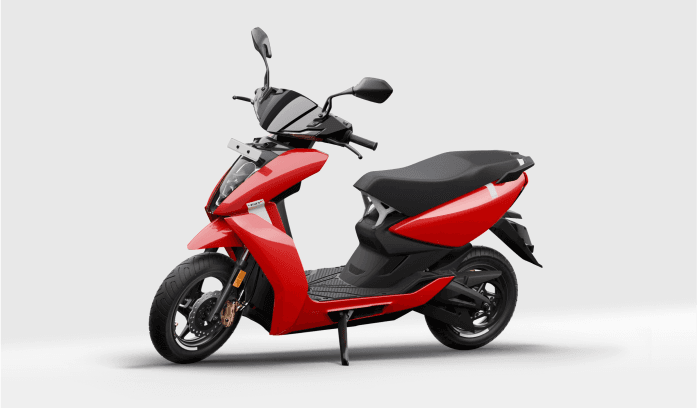As a driver, it’s important to be able to recognize and understand road signs and signals in order to navigate the roads safely and effectively. In this guide, we’ll take a closer look at the different types of road signs and signals you may encounter in Ajax and Ontario, and explain what they mean. Whether you’re a new driver or just need a refresher, this guide will help you be better prepared for your next drive.
Regulatory Signs
Regulatory signs are used to inform drivers of laws and regulations they must obey. These signs typically have a white background and a red border, and include signs such as speed limit signs, stop signs, and no parking signs.
Speed limit signs indicate the maximum speed that is allowed in a particular area. In Ontario, the speed limit is usually posted in kilometers per hour, and it’s important to obey these signs to avoid getting a ticket or causing an accident.
Stop signs are triangular in shape and are used to tell drivers that they must stop their vehicle before proceeding. When approaching a stop sign, drivers must bring their vehicle to a complete stop, look both ways, and make sure it is safe to proceed before continuing.
Exit signs are used to indicate the location of an exit from a highway or expressway. These signs are usually posted a few kilometers before an exit ramp to give .
Mile markers are used to indicate the distance to a particular location. These markers are usually posted along highways and expressways and can be helpful for drivers who need to plan their route or estimate their arrival time.
Service signs are used to indicate the location of services such as gas stations, rest areas, and hotels. These signs are usually posted along highways and expressways and can be helpful for drivers who need to refuel or take a break.
No parking signs are used to indicate areas where parking is not allowed. In some cases, these signs may be accompanied by painted lines or other markers that clearly indicate where parking is not permitted.
Warning Signs
Warning signs are used to alert drivers to potential hazards or changes in road conditions ahead. These signs typically have a yellow background and a black border, and include signs such as curves ahead, merging traffic, and crosswalks.
Traffic signals are used to control the flow of traffic at intersections and other locations. These signals include red lights, yellow lights, and green lights, and drivers must obey them to avoid collisions and traffic violations.
Curves ahead signs are used to warn drivers of a bend in the road. These signs are usually posted before a curve to give drivers plenty of time to adjust their speed and prepare for the bend.
Merging traffic signs are used to alert drivers that two or more lanes of traffic are merging into one lane ahead. When approaching a merging traffic sign, drivers should adjust their speed and be prepared to allow other vehicles to merge in front of them.
Speed limit signs indicate the maximum speed that is allowed in a particular area. In Ontario, the speed limit is usually posted in kilometers per hour, and it’s important to obey these signs to avoid getting a ticket or causing an accident.
Crosswalks are areas where pedestrians are crossing the road. When approaching a crosswalk, drivers should slow down and be prepared to stop to allow pedestrians to cross safely.
Guide Signs
Guide signs are used to provide drivers with information about directions, distances, and other information about the road ahead. These signs typically have a green background and a white border, and include signs such as exit signs, mile markers, and service signs.
Exit signs are used to indicate the location of an exit from a highway or expressway. These signs are usually posted a few kilometers before an exit ramp to give drivers plenty of time to plan their exit.
Mile markers are used to indicate the distance to a particular location. These markers are usually posted along highways and expressways and can be helpful for drivers who need to plan their route or estimate their arrival time.
Service signs are used to indicate the location of services such as gas stations, rest areas, and hotels. These signs are usually posted along highways and expressways and can be helpful for drivers who need to refuel or take a break.
Traffic Signals
Traffic signals are used to control the flow of traffic at intersections and other locations. These signals include red lights, yellow lights, and green lights, and drivers must obey them to avoid collisions and traffic violations.
Red lights indicate that drivers must stop their vehicle. Drivers must come to a complete stop behind the line at a red light, and must not proceed until the light turns green.





